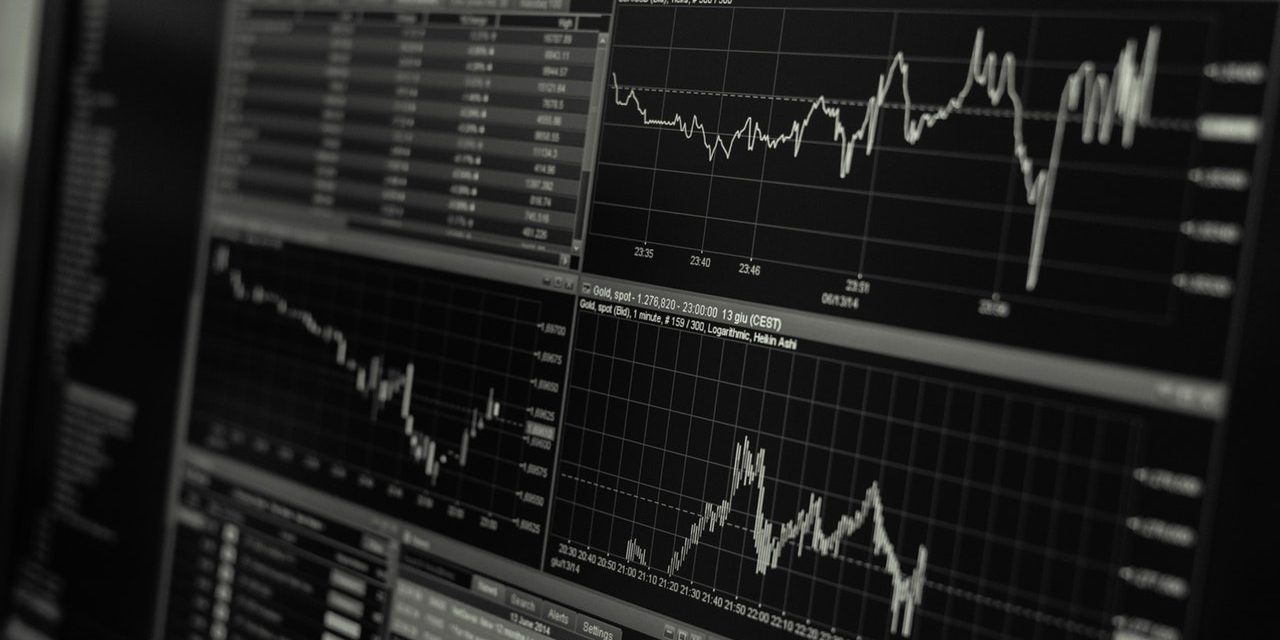Looking at the last 6 months, we are dealing with a few important factors that play a role in determining the price of stainless steel. The Philippine government has closed some nickel mines because the digestion of the NPI (nickel pig iron) is detrimental to the environment. This NPI is a raw material with a very low nickel content, widely used by China for the production of stainless steel. In addition, the Indonesian government indicated that it wanted to levy an export tax of about 10% on the export of nickel.
In addition, we have seen the dollar become stronger against the euro, due in part to the confidence of the entrepreneurs in America. The election of Trump and its promises about building America, linked to declining unemployment rates, boosted the dollar.
Chrome
We sometimes forget, but there are more elements in stainless steel than just nickel and molybdenum. One of these elements is chrome. Chromium prices have risen sharply, which has significantly increased the price of stainless steel. We also see this in ferritic qualities, which have also risen sharply in recent months.
The chrome price is usually closed by the chrome manufacturers and the stainless steel producers for a few months and then affects the alloy surcharge of the following months. Often the price of chrome is not discussed because it has a fairly flat price volatility. In addition, the chrome is also not traded on the LME and the chrome price is also free from other sources of information. Below is an overview of the development.
Nickel
“What happens to the nickel?” This is a much-asked question from customers, producers and colleagues. This indicates that factors always affect the nickel price and thus, also the price stainless steel. Of course, the above factors affect the nickel price, but the many positive scenarios about the dollar and nickel and the Chinese New Year also have their influence: during the Chinese New Year we saw the price/demand of nickel decline, but now we are again heading for about $10,900.

